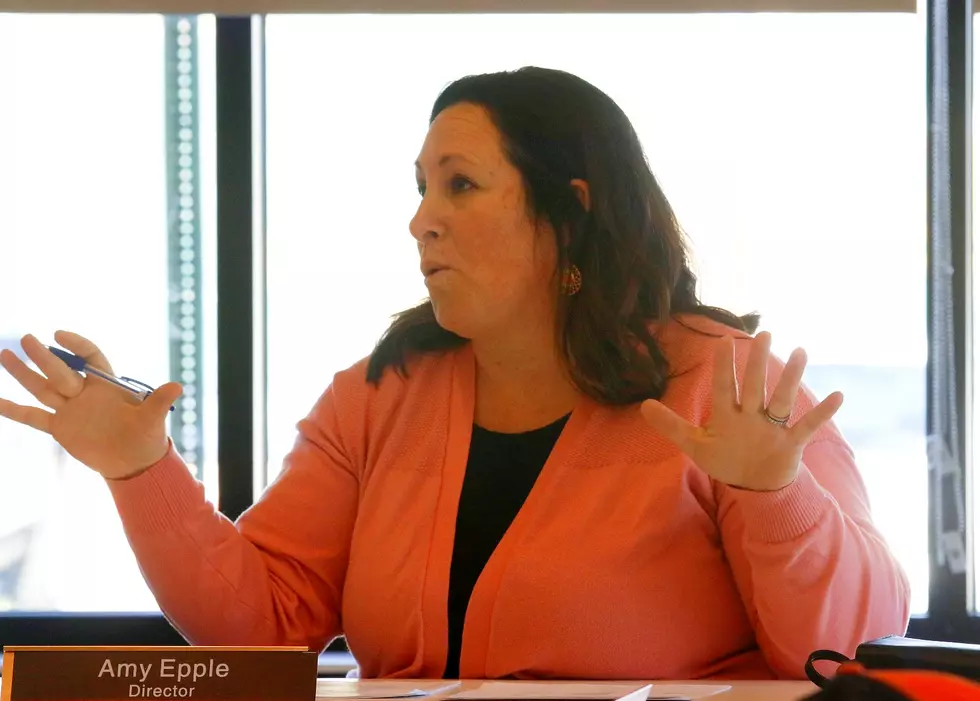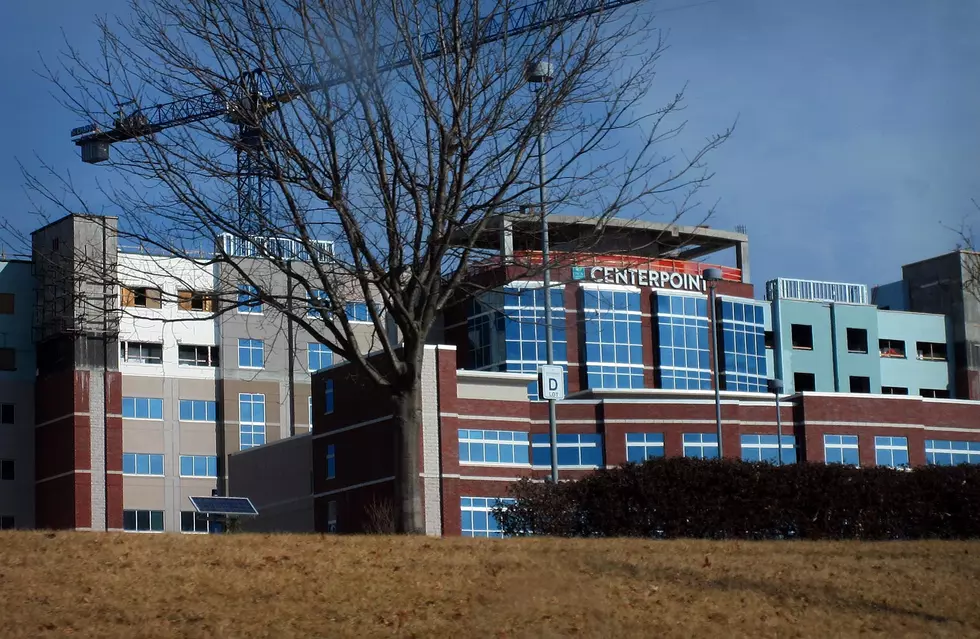
Clearing Missouri’s Air with the Clean Power Plan
By Mona Shand
JEFFERSON CITY, Mo. - While the country has made some improvements in air quality, the latest State of the Air report from the American Lung Association finds there's still a long way to go.
Supporters of the Environmental Protection Agency's >Clean Power Plan point to the plan as a way to get there.
From St. Louis to Kansas City, thousands of Missourians live in places where the air quality is often poor.
Janice Nolen, assistant vice president for national policy with the American Lung Association, says the Clean Power Plan will bring relief to struggling Missourians by cutting carbon emissions from power plants by nearly one-third over the next 15 years.
"A lot of times, lower-income people live in less expensive property - which is often closer to some of the big polluting sources because wealthy people don't want to live next to these big power plants - and so, they're breathing more of the pollution directly," she points out. "They're getting the first hit of it, because that's what crosses through their neighborhoods."
The National Black Chamber of Commerce has criticized the plan, saying it would hurt minorities by driving up energy costs and taking away jobs.
However, other reports predict utility bills will drop and the loss of coal industry jobs will be outweighed by gains in the clean energy sector.
Nolen maintains low-income communities such as East St. Louis stand to gain the most, because they're being hit not only by pollution from power plants in the area, but also by the prevailing winds.
"Some of the pollution that's coming from other parts of the country are blowing into those areas," she stresses. "Certainly they're already among the harder-hit areas from that."
Kansas City and St. Louis both made the American Lung Association's list of most polluted cities for 2015.
The EPA estimates the Clean Power Plan will prevent up to 3,600 premature deaths and 90,000 asthma attacks, as well as prevent 300,000 missed days of work and school.
More From AM 1050 KSIS









